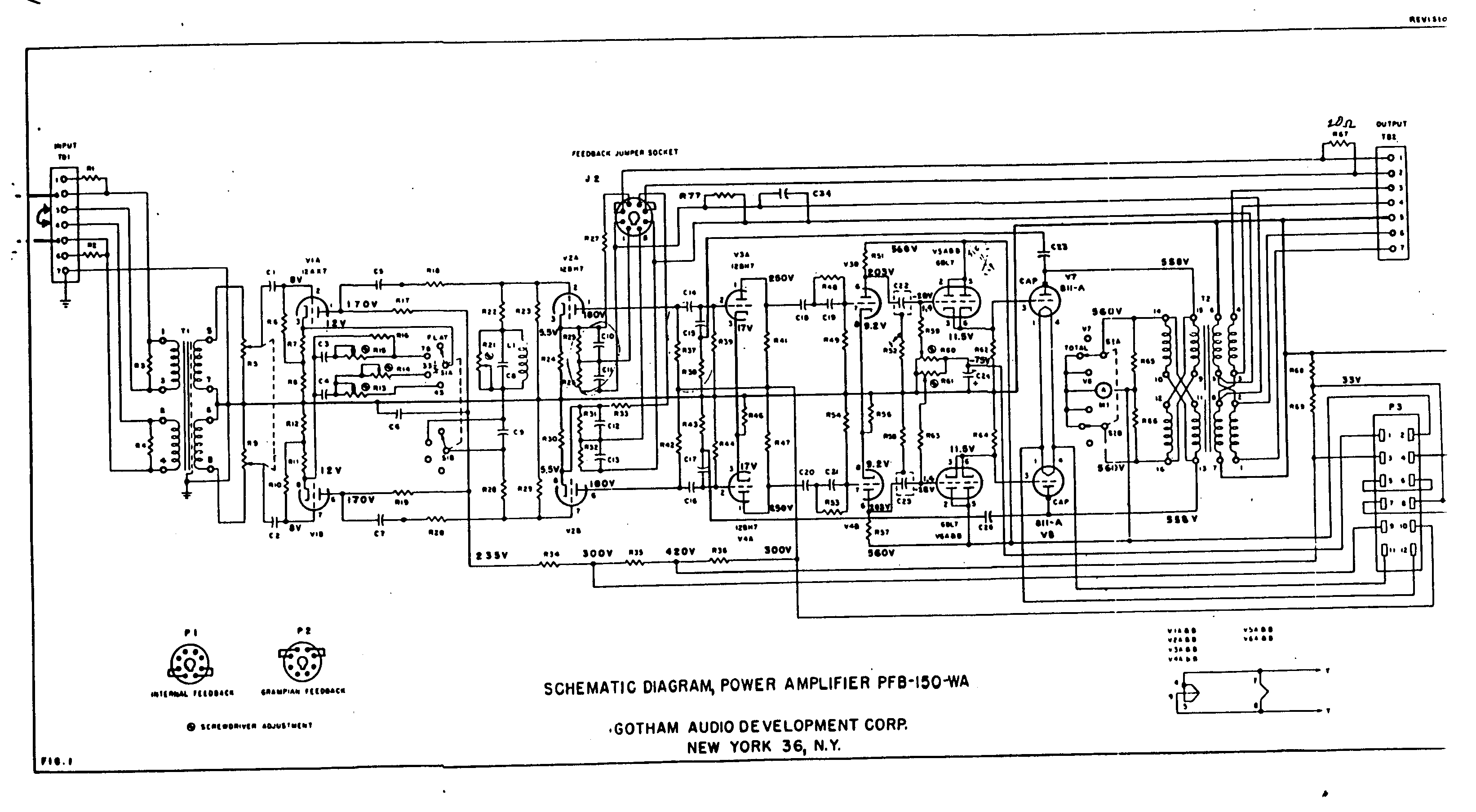Tubologic
Well-Known Member
I don't know if this topic has been already discussed here before, thus I'm starting this new thread.
I couple of days ago I was reading an old Glass Audio article (by Satoru Kobayashi) describing a Push-Pull amplifier based on a (Plitron) toroidal output transformer. I was quite impressed by the (published) measurements of the amp, especially the incredible power bandwidth and low distorsion of the completed amp.
Now I'm wondering why toroidal output transformers (despite having excellent electrical specs) seems to be turned down by most audiophiles and rarely used in commercial units. Are there any objective (technical) reasons, other than the seemingly common consensus amongst audiophiles stating that toroidal transformers "sounds harsh and mechanical",etc...
Are they really so bad ? And why ?
Price is not a consideration in this discussion.
I couple of days ago I was reading an old Glass Audio article (by Satoru Kobayashi) describing a Push-Pull amplifier based on a (Plitron) toroidal output transformer. I was quite impressed by the (published) measurements of the amp, especially the incredible power bandwidth and low distorsion of the completed amp.
Now I'm wondering why toroidal output transformers (despite having excellent electrical specs) seems to be turned down by most audiophiles and rarely used in commercial units. Are there any objective (technical) reasons, other than the seemingly common consensus amongst audiophiles stating that toroidal transformers "sounds harsh and mechanical",etc...
Are they really so bad ? And why ?
Price is not a consideration in this discussion.







